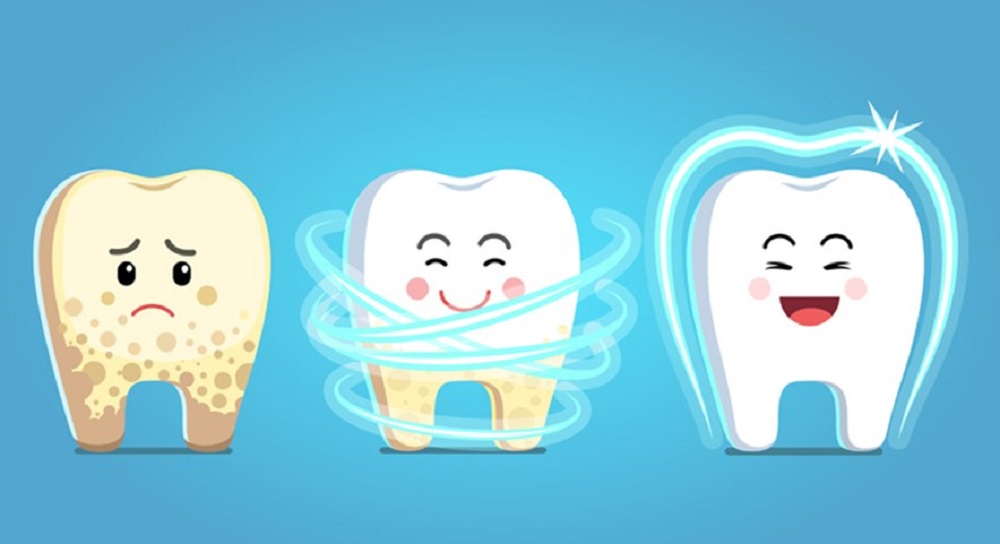What is Plaque?
Dental plaque is made up of food remnants and bacteria and sticks to your teeth. Dental professionals now use the more modern term “Biofilm” to describe plaque.
Your dentist and hygienist are interested in how often and how well this is removed at home.
What to do when your teeth have Plaque?
We will encourage you to ensure that you are removing dental plaque meticulously from every tooth surface every day. The reason behind this is that dental plaque matures after 24 hours of remaining undisturbed and the bacterial balance changes. After 24 hours, the numbers of anaerobic bacteria within the plaque dramatically increases. The texture of the biofilm changes also, becoming stickier and smelling stale.
Anaerobic bacteria are bad bacteria of the mouth. They cause gum infections and tooth decay. Anaerobic bacteria don’t need oxygen to flourish, and in some cases, just exposing these bacteria to oxygen will kill them.
By disrupting the plaque with regular toothbrushing and flossing at home, we can ensure we are eliminating the anaerobic bacteria from around the teeth and gums, therefore reducing the risk of dental disease.
Toothpaste is both bactericidal and bacteriostatic. This means that it kills bacteria and prevents adhesion of further bacteria.
Toothbrushing twice a day will physically remove the plaque from approximately 60% of the surfaces of the teeth.
The surfaces between your teeth are called the “Interproximal surfaces” and these make up 40% of the surfaces that your toothbrush cannot reach. There are many different Interproximal gadgets that are available to clean these areas. By using dental floss or little proximal brushes to physically remove the plaque deposits you are reducing the risk of dental disease from the remaining 40% of surfaces of the teeth.
There is no need to include commercial mouthwash in your daily oral care routine. There is no mouthwash that can replace the physical act of cleaning between your teeth with floss or proxibrushes.






